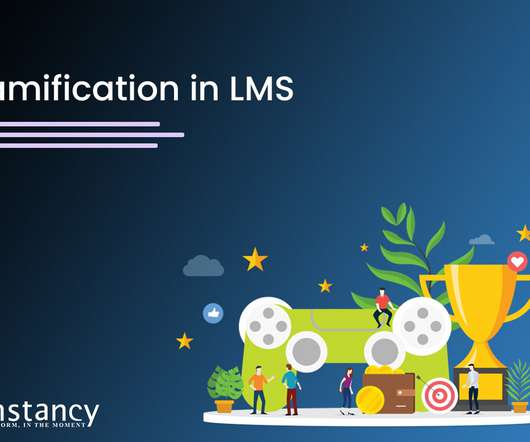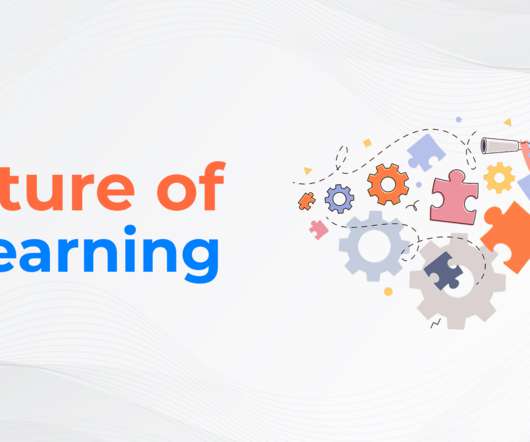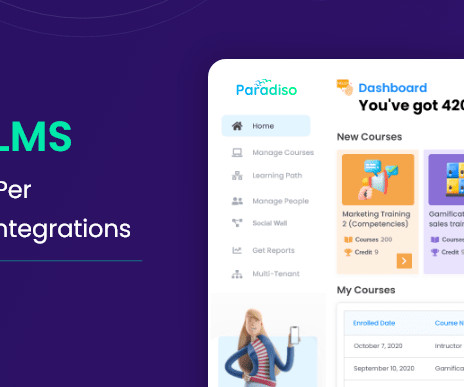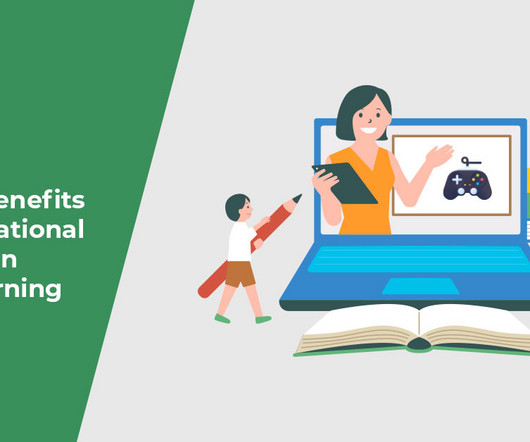Incorporating Metaverse into Corporate Training Programs in 2023: A Look into the Future
Infopro Learning
FEBRUARY 10, 2023
Gamification: Games and game-like elements can make training more engaging and fun. Employees can participate in virtual scenarios and competitions, encouraging them to learn and apply the skills they have acquired. These insights could potentially drive the development of new and innovative learning approaches.















































Let's personalize your content